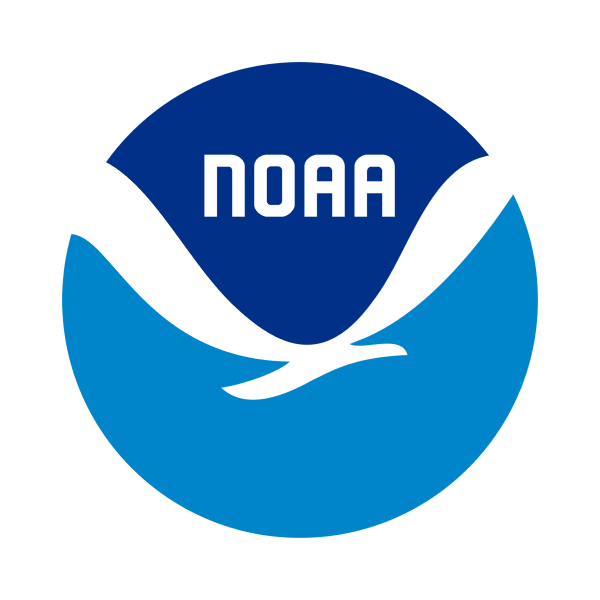The Guam Environmental Protection Agency and partners removed an artificial reef in Cocos Lagoon, Guam made up of thousands of tires.
Type of Project: Removal
Region: Pacific Islands
Project Dates: October 2019 - September 2021
Who was involved?
The Guam Environmental Protection Agency, with the support from the NOAA Marine Debris Program, worked with the Guam Coral Reef Response Team to remove an artificial reef from Cocos Lagoon. The project team included the Guam Bureau of Statistics and Plans Coastal Management Program, Guam Department of Agriculture, University of Guam (UOG) Marine Lab, U.S. Environmental Protection Agency, NOAA Fisheries Pacific Islands Regional Office (PIRO), NOAA Office for Coastal Management (OCM), National Park Service (NPS), and U.S. Fish and Wildlife Service.
What was the project and why is it important?
Cocos Lagoon is Guam’s only shallow water atoll-like lagoon, covering an area of more than 10km² (3.9 sq. mi). The lagoon houses significant marine resources and is an important recreational and subsistence fishing area, as well as a popular area for numerous tourism operations. In 1969, a team of Guam fisheries scientists installed artificial tire reef within Cocos Lagoon as a way to reuse old rubber tires. The experiment was intended to increase fish stocks, but after four years of monitoring, the project was discontinued. Over fifty years later, the tire reef still sat on the sandy bottom of the lagoon.
In coordination with the Guam Coral Reef Response team, the Guam Environmental Protection Agency removed the tired from approximately 19.5 feet of water. Project partners also conducted environmental surveys of the reef before and after the removal efforts. The pre-survey documented current fish and invertebrates around the tire reef and also noted the amount of current algae growth.
They also worked to identify specific coral colonies that were suitable to be moved to an alternate location, called coral transplants. Only the transplanted corals were monitored for growth, disease, bleaching, and mortality following their relocation. Lastly, the project conducted outreach efforts to the local community to bring awareness to the marine debris issue.
What were the results?
Through this 2-year project, Guam EPA successfully removed 1,829 tires weighing nearly 22 metric tons from the Cocos Lagoon. All tires were shredded and shipped for recycling. Prior to removal efforts, 69 coral colonies were successfully transplanted to a nearby location. Guam EPA conducted two environmental outreach events and engaged nearly 100 individuals, half of which were K-12 students.
For more information about this project, visit the Marine Debris Program Clearinghouse.
 An official website of the United States government.
An official website of the United States government. 

